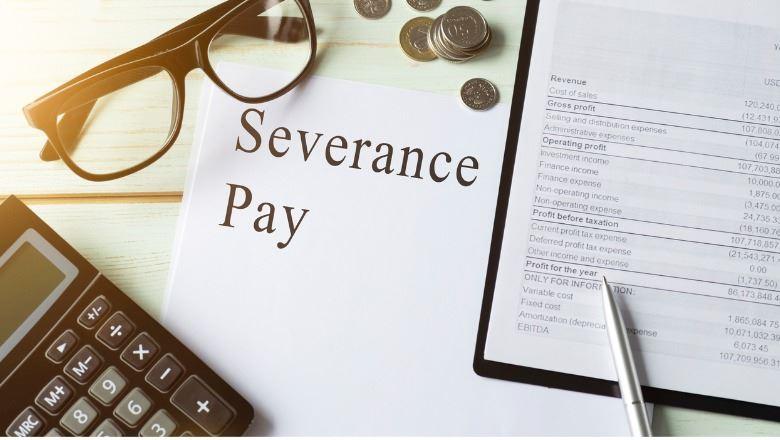Mark R. Graham
Mark R. Graham is vice president of association solutions at ASAE and leads the Executive Compensation Study team.

After analyzing 28,000-plus association tax forms over a four-year period, ASAE’s Executive Compensation Study team looked at severance payments for CEOs, including length of payout and patterns by tenure and association type and size.
New research from ASAE's Executive Compensation Study (ECS) team shows the average severance payment to association CEOs amounted to more than 10 months of base pay; the median is 8.2 months.
The ECS team analyzed more than 28,000 IRS Form 990s between 2018 and 2022 from 7,818 national, regional, and state trade and professional associations. That analysis identified 1,120 severance payments, of which 186 were paid to a chief executive officer.
That means only 2.4 percent of organizations paid out severance to the CEO during that four-year period. However, CEO severance payments for that period totaled $62 million.
Digging deeper, less than 10 percent of chief executives were paid out less than three months of base pay in severance payments. And about the same percentage received payments equivalent to more than 18 months of base pay. Meanwhile, the highest severance payout recorded in the researched equaled more than four years of base pay.
The most common severance payout was between five and 13 months. That represents the middle 50 percent of the data, or the range between the 25th to 75th percentiles.
Tax-exempt groups are required to disclose if severance was paid to any key employee during the tax year, but IRS disclosure rules make identifying how much severance was paid and its relation to base pay difficult. To make the connection, researchers needed to isolate the CEOs last full-year salary in previous disclosures, as well as extract the severance payment details, which are obscured in narrative section of each annual filing.
More than a dozen associations declined to detail who or how much severance was paid to its executives, citing confidentiality. But Jerry Jacobs, partner at Pillsbury Winthrop Shaw Pittman and ASAE general counsel, said IRS regulations overrule an exempt organization’s preference for confidentiality in the area.
“Reporting on the publicly available Form 990 of elements of compensation for more highly compensated employees of exempt organizations is not optional,” he said. “Reporting severance, for example, cannot be avoided by a private agreement on confidentiality between the organization and a departing employee.
A closer analysis shows patterns in severance payouts by tenure, as well as association type and size.
For example, severance payouts to CEOs who led trade associations were higher 40 percent higher than those who ran professional societies: A trade group chief’s median payout equaled 9.4 months of base pay, while a professional society CEO’s median severance payout was 6.6 months of base pay.
Of those CEOs who received severance in excess of 18 months of base salary, tenure played a significant role. Half had tenure greater than 12 years.
The data from the four-year period, though, showed the frequency of severance payments slightly tilting toward one type of association: 2.8 percent of the professional societies in the data reported paying severance, compared to 2.1 percent of trade groups.
However, there is no significant difference in the number of months paid out in severance when comparing national associations to groups with a state or regional scope.
In addition, size of the organization also doesn’t appear to affect the number of months of base pay paid out in severance. The median payout to CEOs leading associations with more than $20 million annual revenue is 8.8 months. For groups with revenue between $5 and $10 million, it is 6.2 months, but associations with revenue between $2.5 and $5 million, the median months paid out is 9.8.
Size of organization, though, does increase the chances of severance payouts. While only 8 percent of the data were organizations with more than $20 million in annual revenue, those associations accounted for 27 percent of the severance payments.
Compare that to the largest revenue category among the data analyzed—groups with revenue between $2.5 million and $5 million. Those associations represented 25 percent of all organizations, but only 12 percent of severance payments.
Severance is not legally required, and the data on severance payouts from the IRS does not give any insight into the prevalence of severance agreements among associations and their chief executives. Generally, severance is paid upon involuntary separation without cause, but less common severance events include a change in control of the association where a change in management occurs that results in a change in decision-making capacity of the executive.
A small number of associations reported severance paid to a retiring CEO. Actual specifics of those types of agreements would not be publicly available.